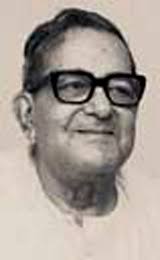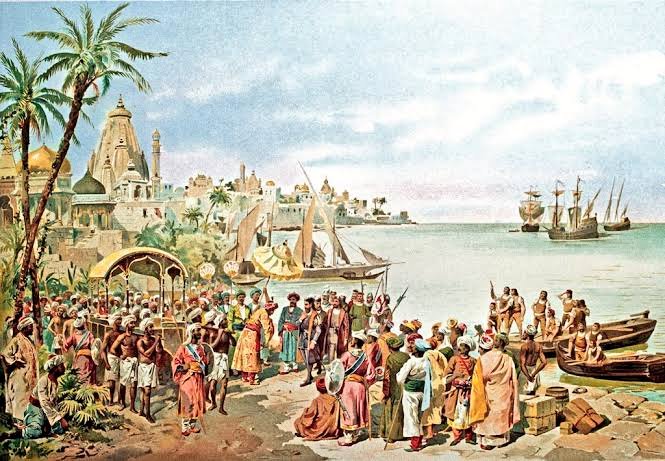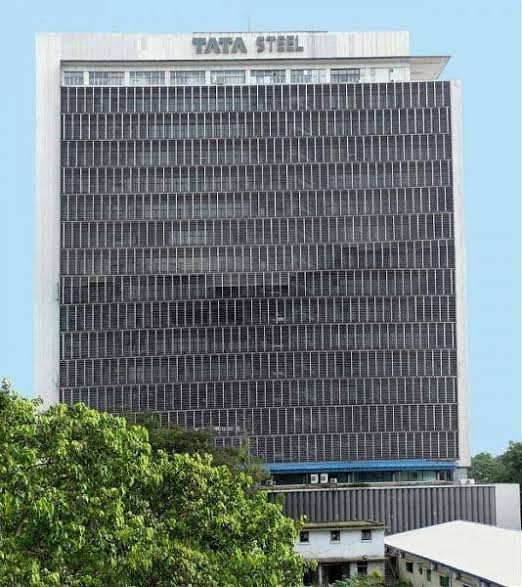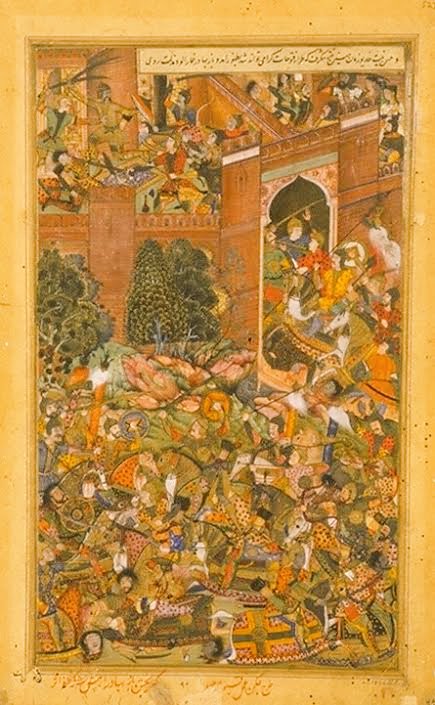The Story of 1st Indian Ink Company from Kolkata.
(A Thread)
During the 1930s, when the Swadeshi movement was at its peak, its founder Mahatma Gandhi was ferociously looking for a locally-made ink to write letters and petitions.
Cont.-
(A Thread)
During the 1930s, when the Swadeshi movement was at its peak, its founder Mahatma Gandhi was ferociously looking for a locally-made ink to write letters and petitions.
Cont.-

He shared this with Satish Chandra Das Gupta, a freedom fighter from WB. Credited with making Krishnadhara, India’s 1st Swadeshi ink, Gupta shared his formulation with the Maitra brothers, Nanigopal & Sankaracharya.
Newspaper clipping how Sulekha was started at Gandhi's request.
Newspaper clipping how Sulekha was started at Gandhi's request.

The brothers, who had just been released from jail and jumped on the opportunity to defy the British again. The deep-rooted nationalism was such that Nanigopal even left his teaching job at the Rajshahi University, as he was ordered to switch from dhoti to a suit. 

So he moved to Calcutta (now Kolkata) & started selling the ink. The sales increased multifold and it came to be known as Professor Maitra’s ink. The name Sulekha came about only when shopkeepers asked what the ink was called. The name was supposedly given by Rabindranath Tagore. 

While the company has no proof of this, the Maitra's has chosen to go with this version of the story. In no time, as stalwarts including Gandhi, former prime minister Morarji Desai, former West Bengal chief minister Dr Bidhan Chadra Roy,& Satyajit Ray wrote using Sulekha’s ink. 

In fact, the ink and its bottle made cameos in Satyajit Ray’s Feluda stories and movies as well. So it came as a blow to many when the company shut in 1989. While Sulekha returned in 2006 with another line of homecare and solar-powered products, it was never the same. 

In November last year, the company formally relaunched its famous Swadeshi line of inks including Scarlet, Red, Executive Black and Royal Blue. It also added a patriotism flavour by packing the ink in another symbol of resistance, the khadi pouch made in Santiniketan. 

The company received an overwhelming response and orders began pouring in from different countries, including Greece, Australia, the UK, USA, Bangladesh, Nepal and of course, India.
Thank you..End of Story***😊🙏
Thank you..End of Story***😊🙏

• • •
Missing some Tweet in this thread? You can try to
force a refresh


























